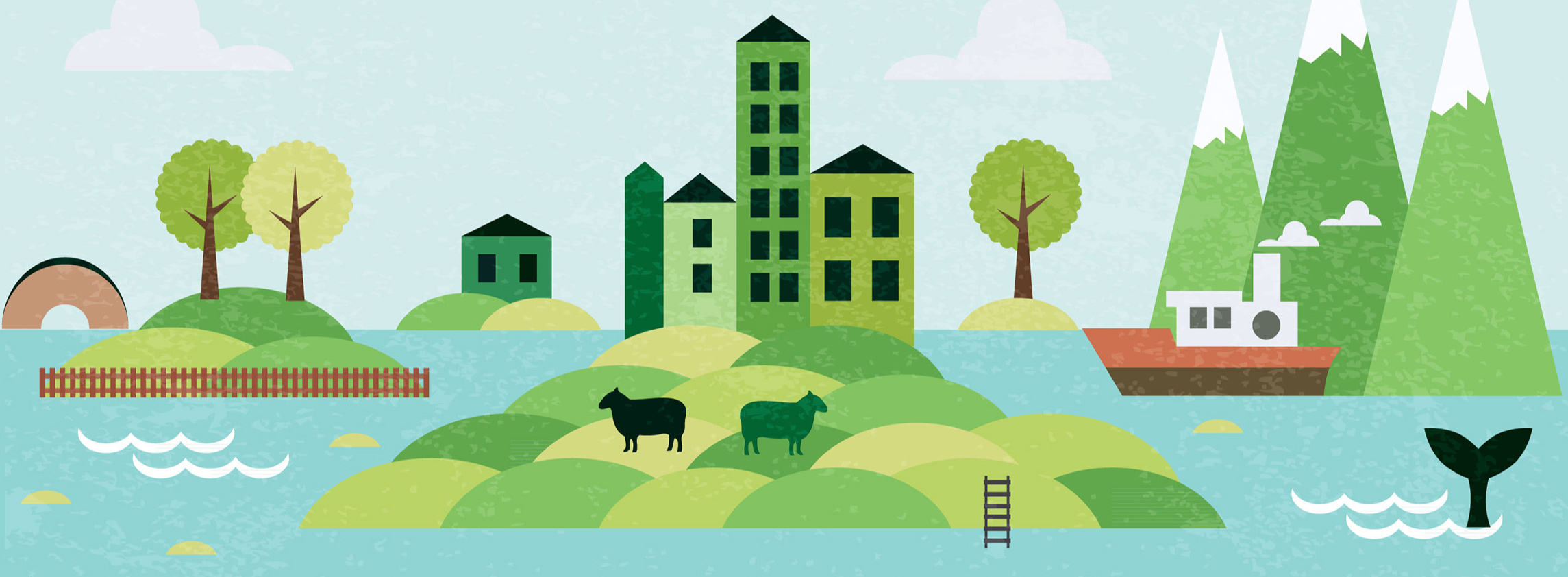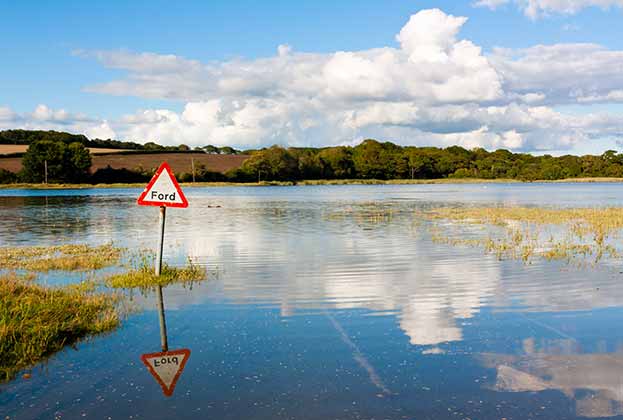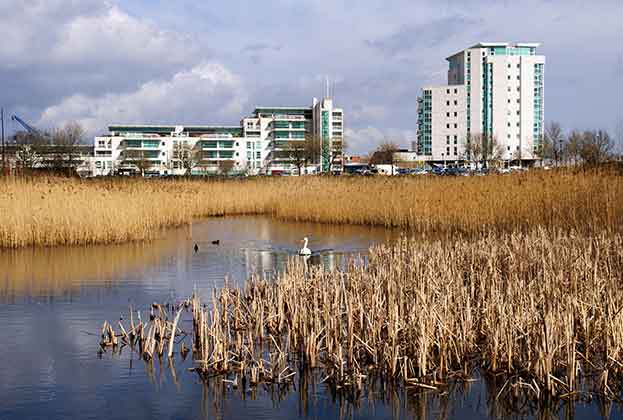The transformative power of water is vital for healthy, thriving communities, but reform is needed to manage this precious resource for the benefit of all users
Something in the water
History has shown the power water has to transform a society. From the Incas to the Ancient Egyptians, the ability to harness and use clean, plentiful water lays the foundations for healthy, thriving communities. Not only is it fundamental to food production, but it is also vital to a wide range of other industries. Yet water is an often-overlooked resource.
The regulation of water is a complex picture of local, national and European legislation. Following the UK’s departure from the EU, there is an opportunity for substantial policy review as core legislation, such as the Water Framework Directive, is transposed into domestic legislation. But reform is not the only challenge facing UK water users. Globally and nationally, the management of clean water is of growing concern. This issue is predicted to worsen as climate change increases the frequency of severe weather events. Tensions over water quality are coming to the fore as pollution pushes catchments beyond their limits, forcing compensatory deals to achieve nutrient neutrality to enable development. However, the value of managing water is starting to be recognised and incentivised. In this Spotlight, we look in-depth at the emerging issues facing the water industry and the users of water across the UK.
.jpg)
Flood and drought
The weather is a famed topic of conversation in the UK largely as a result of its variability. However, across the country, the impact of too much water is much more common than the impact of not enough.
By the 2050s, total UK demand for water is projected to have increased by between 2% and 9%, while the amount of available water is expected to have declined by between 6% and 11%
Emily Norton, Head of Rural Research
In Scotland, approximately 5% of homes are at risk of flooding and this increases to one in six homes in England. Flooding causes an estimated £1 billion worth of direct damage annually, as well as contributing to contentious issues such as discharging sewage into rivers to manage flows.
While the threat from flooding is significant, parts of the south and south east of England will run out of water within the next 20 years. By the 2050s, total UK demand for water is projected to have increased by between 2% and 9%, while the amount of available water is expected to have declined by between 6% and 11%. The Climate Change Committee predicts that the demand for water in England will exceed supply by between 1.1 and 3.1 billion litres a day by the 2050s, between 3–10% of water currently abstracted.
There is a clear case for improved management of this precious resource. Currently, 3 billion litres of water are lost every day through leakage from pipes. In comparison, Defra estimates that agriculture in England abstracts 0.3 billion litres per day, making it responsible for 1% of water usage. The biggest demand for water outside public use is for electricity generation (see chart below), where water is abstracted for use as a coolant and for hydroelectric power generation.
Water for agriculture
The UK is blessed with abundant “green water” (i.e. rain) to naturally irrigate crops and grass. However, in resource terms, “blue water”, for example, water extracted from aquifers, is the primary concern as it competes with industrial and domestic users. Within agriculture, drinking water for livestock is the biggest form of water usage, followed by irrigation for crops. Potato production accounts for 54% of irrigated water use in England and Wales.
- Water in food: All fresh produce contains “virtual water” (i.e. a tomato is 95% water) and moving fresh produce across borders enables countries to access water as well as food. When food is imported from water-poor areas in effect water stress is being exported to the location of food production, potentially undermining local water security. For example, the UK’s imports of tomatoes from southern Spain require the amount of blue water equivalent to the domestic consumption of 200,000 people.
The policy framework
No one owns water. Unlike land or built property, water simply moves through the system in ways that impose costs or create opportunities for those who can manage it while it is under their control. It is for this reason that water occupies a niche position in the regulatory framework, with different bodies controlling potable water, sewage, abstraction, agriculture, rivers and drainage systems. Each is subject to a wide range of policy levers typically aimed at managing water quality and quantity. The government summarises these with an overarching objective: to ensure clean and plentiful water. The graphic below captures some of the current regulatory framework and how this may be changing in the years ahead.
THE VIEW FROM SCOTLAND
66% of Scotland’s overall water environment is already in good condition, in comparison to the European average of 40%. In 2021 the Scottish government announced a comprehensive plan to increase this to 81% by 2027. The integrated River Basin Management Plan approach brings together a wide range of stakeholders at catchment level to plan and implement effective interventions in rural and urban areas.
.jpg)
Read the articles within Spotlight: Water below.


